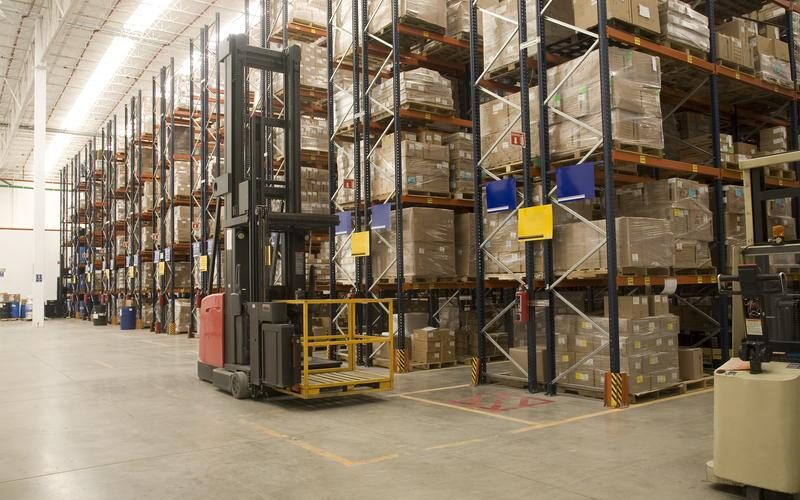Striving to boost your business’s productivity and customer satisfaction? Understanding effective warehouse requirements is a crucial first step.
Imagine your warehouse as a high-performance hub that could be the key to improving your operations instead of just a place to store things. This blog post, 5 Essential Warehouse Requirements for Optimal Efficiency, aims to deepen your understanding of these necessities.
Are you ready to change the way your building works and make it a powerhouse of efficiency? Read on to find out the five most important requirements that will change the way you handle your supply chain.
1. Efficient Layout Design
A well-thought-out warehouse layout is very important. It’s not just putting things away neatly. Place industrial goods in a way that makes the best use of space and cuts down on the time it takes to get them.
Make it easy to get to things you use often and store things you don’t need as often in places that are harder to get to. Think about how things usually go. Make it easy to move from the receiving area to the storage area to the shipping area.
2. Modern Technology Adoption
In today’s fast-paced world, warehouses need to use modern technology to work well. Warehouse Management Systems (WMS) make it easier to keep track of inventory and fill orders.
Automation takes care of boring tasks, cuts down on mistakes, and makes the workplace safer. RFID allows tracking in real-time, which stops inventory loss and makes sure that orders are filled correctly by improving data accuracy.
3. Proper Inventory Management
Keeping track of inventory is a key part of running a warehouse efficiently. It keeps you from having too much or too little stock, so you can take advantage of opportunities. It is very important to make accurate predictions based on past sales and market trends.
To cut down on storage needs, use a Just-In-Time (JIT) system. To avoid problems, you need raw material suppliers you can trust. Audits done regularly find problems and patterns that help with planning.
4. Skilled and Well-Trained Workforce
For warehouses to work at their best, they need workers who are skilled and well-trained. Even with automation, human input is still very important. So, training your staff is not a choice; it’s a necessity.
To get more work done, employees need to know how to use new technologies like WMS and automated systems. They also learn what their part is in making the warehouse run smoothly through training programs.
5. Effective Supply Chain Integration
For warehouses to work well, they need to be able to easily connect to the supply chain. This means working with customers, carriers, and suppliers by talking openly and sharing data in real-time.
Electronic Data Interchange, or EDI, makes it possible to share important documents right away, speeding up planning and reducing mistakes. A JIT inventory system needs to have good relationships with suppliers so that products are always available and deliveries happen on time.
If you’re looking for a reliable partner to help improve your warehouse efficiency, consider inquiring from professionals like Qualitywarehouse.com. With their expertise and commitment, they can help your warehouse reach its full potential.
Learn About the Warehouse Requirements to Achieve Maximum Efficiency and Successfully Simplify Your Operations
Having essential warehouse requirements in place is crucial for achieving optimal efficiency in operations. From a well-organized layout to efficient storage practices and proper equipment, every aspect plays a critical role in streamlining warehouse processes.
Don’t overlook these key requirements and ensure your warehouse is functioning at its best. Ready to boost your warehouse efficiency?
For more helpful tips, browse our blog regularly!






Add comment